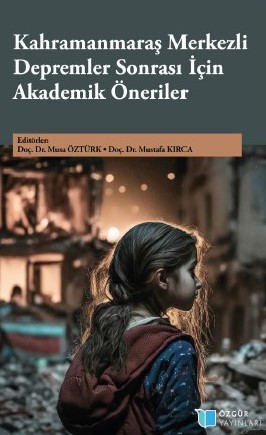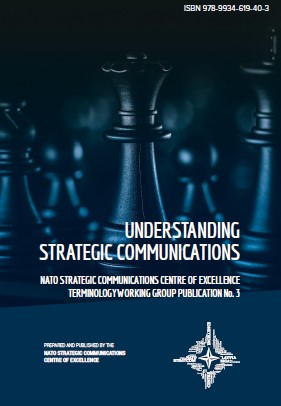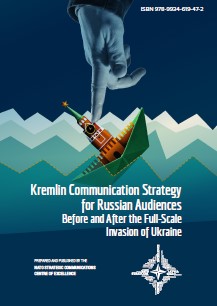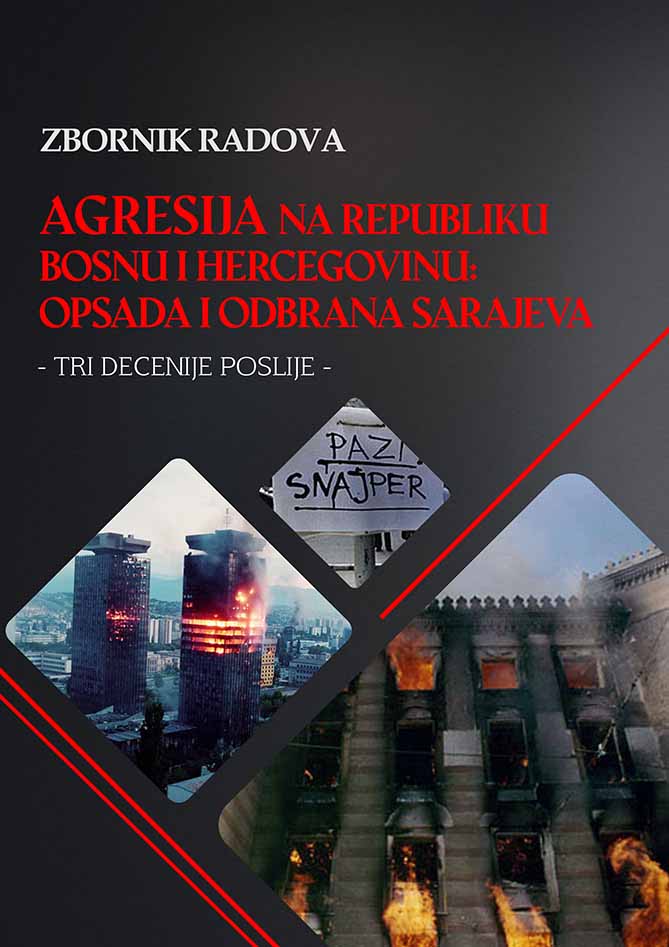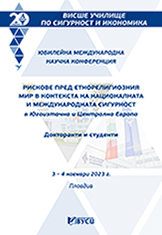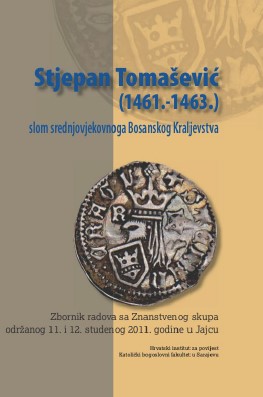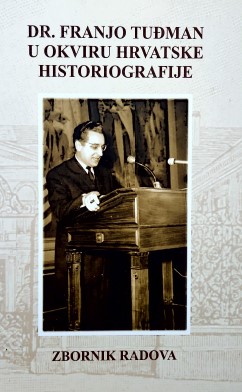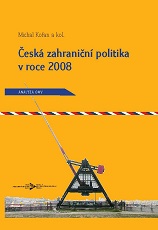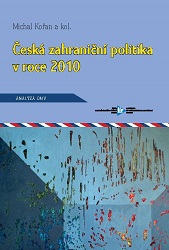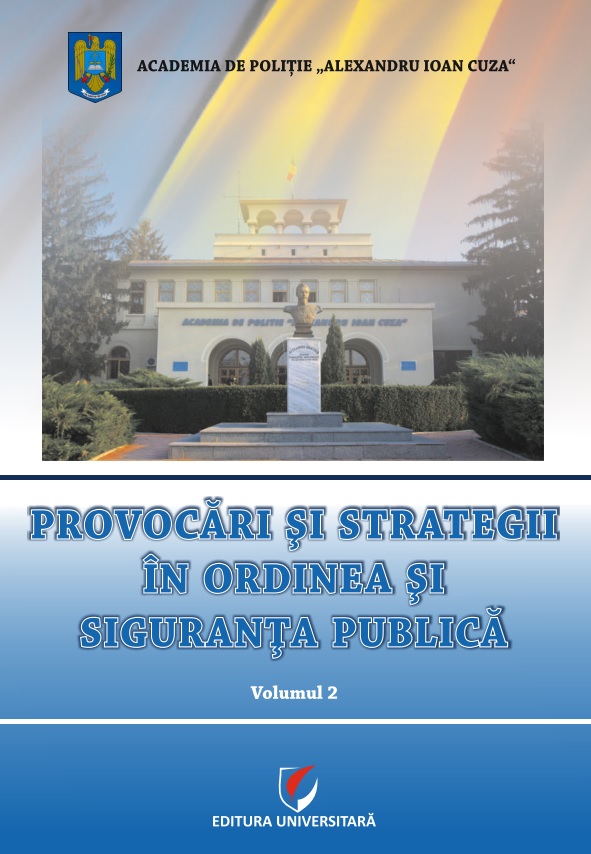
Procedura de efectuare a testelor de refulare prin tehnica literelor (TZO) pentru analiza distribuției apei
In order to streamline the extinguishing of fires that occur in enclosed spaces, it is necessary to know how the water is distributed at the level of the floor of a room, by using different water discharge techniques. The „T”, „Z” and „O” letters technique is one of the methods of water discharge used to extinguish fires that occur inside rooms. For a thorough knowledge on how the water is distributed inside the room, a procedure was developed to perform tests by discharging the water in the form of the „T”, „Z” and „O” letters which were especially constructed for this purpose. There were also constructed sheet metal boxes used for the accumulation of discharged water. The usefulness of this procedure has been verified by performing three tests to discharge the same volume of water using the „T”, „Z” and „O” letters technique, resulting in the following data: the largest volume of water was recorded in the immediate vicinity of the wall located perpendicularly to the direction of propagation of the water stream (in the first two rows of boxes), respectively in the corners of the test room, arranged at the level of this wall; using the „Z” letter technique, the smallest water loss was recorded; using the „O” letter technique, the water was discharged in the shortest time, being distributed more evenly than by using the „T” and „Z” letters technique.
More...
